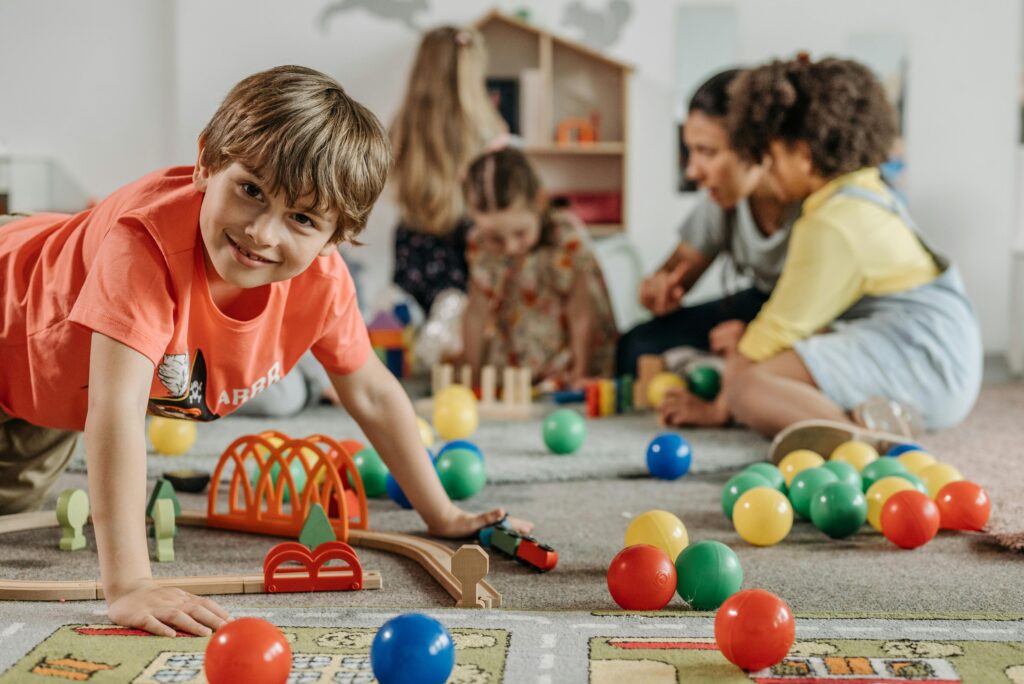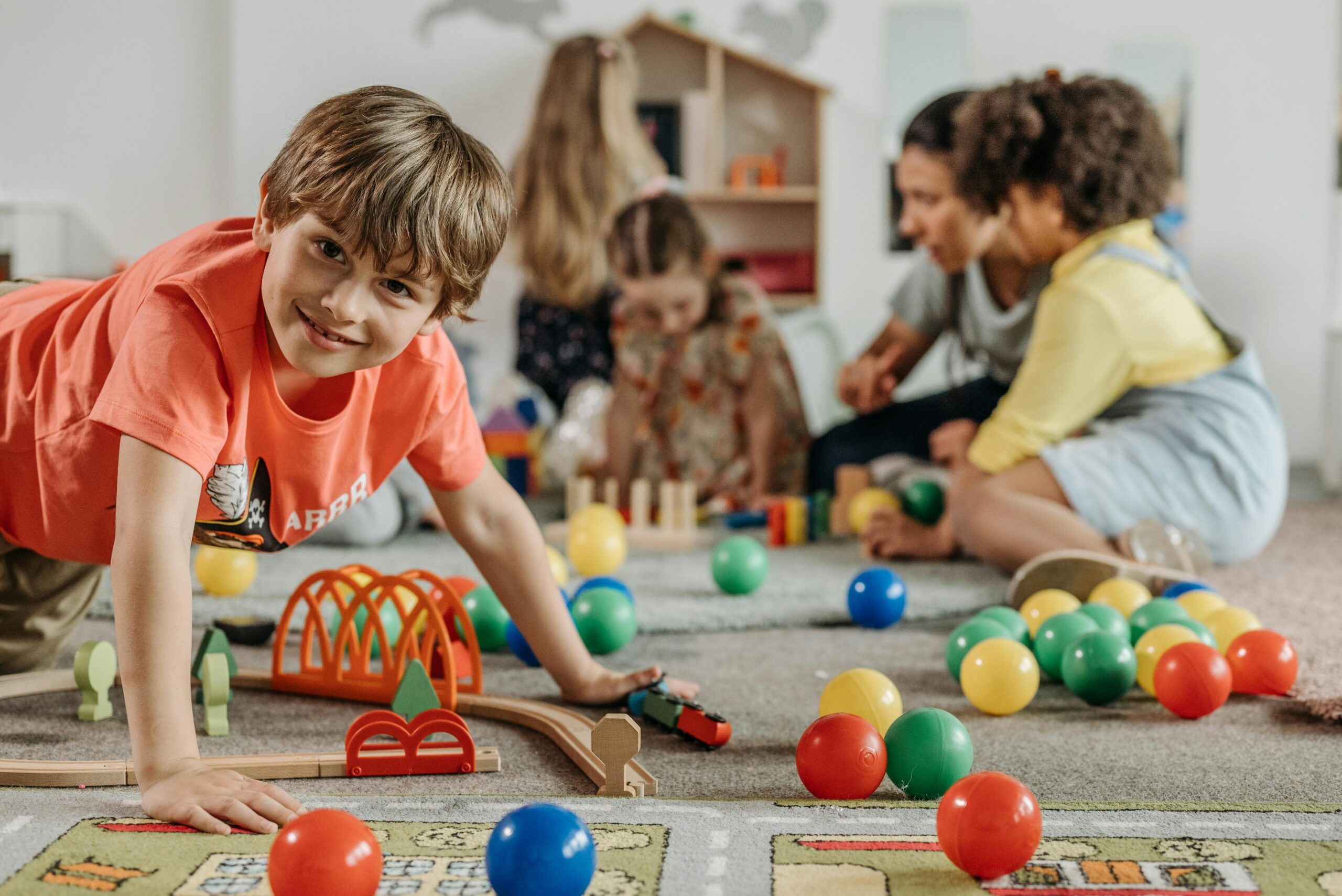The early years of a child’s life, from birth to six years old, are a time of rapid growth and profound development. At Lidcombe ChildCare, we recognise the importance of supporting children holistically during this crucial period — not only in terms of cognitive, emotional, and physical development, but also in areas that are often overlooked, such as vision.
In this post, we explore key milestones in early childhood growth and outline what parents should know about vision development in young children.
Key Stages of Growth (0–6 Years)
0–12 months: Sensory awakening and bonding
Infants begin to respond to voices, faces, and light. Physical development is focused on head control, grasping, rolling, and crawling. Emotional bonds with caregivers are formed through consistent nurturing and interaction.
1–3 years: Discovery and independence
Toddlers rapidly expand their vocabulary, learn to walk confidently, and begin to assert their independence. They explore their environment through play and imitation, and develop basic social and emotional skills.
3–6 years: Cognitive and social development
Preschoolers become more aware of themselves and others. They start forming friendships, following rules, and engaging in imaginative play. Cognitive skills such as reasoning, problem-solving, and language comprehension evolve quickly.
At Lidcombe ChildCare, our early learning programs are tailored to support each stage of development, ensuring that children receive age-appropriate experiences that nurture their potential.
Vision Development in Early Childhood
Vision is one of the most vital senses for learning, yet it develops gradually over time. Understanding this process can help caregivers identify early signs of visual challenges and seek timely support.
Birth to 3 months:
Newborns can see shapes and light but have blurry vision. By two to three months, they begin to follow objects with their eyes and show preference for faces.
4–12 months:
Hand-eye coordination develops as babies reach for toys. Depth perception starts to form, and tracking moving objects improves.
1–3 years:
Toddlers begin to develop visual memory and recognition. They use their vision to explore their surroundings and solve simple problems through observation.
3–6 years:
Children refine their focusing ability, hand-eye coordination, and visual motor skills. This is also the stage where vision problems such as lazy eye (amblyopia) or strabismus may become noticeable.
Regular eye checks are recommended during this period, even if no obvious issues are present. At Lidcombe ChildCare, we encourage families to monitor visual development as part of their child’s overall health, and we work closely with professionals when additional support is needed.
Supporting Your Child’s Development
Whether it’s through structured activities, creative play, or daily routines, the early years are full of opportunities to support healthy growth. At Lidcombe ChildCare, we are committed to nurturing every aspect of a child’s development — including their physical, cognitive, emotional, and sensory needs.
We believe that early awareness and education play a vital role in raising confident, well-adjusted children. If you have concerns or questions about your child’s development or vision, our team is here to support and guide you.
About Lidcombe ChildCare
Located in the heart of Lidcombe, our centre provides a safe, engaging, and inclusive environment for children aged 0–6. Our educators are trained to recognise developmental milestones and support children’s learning through evidence-based practices.
Visit us today to learn how Lidcombe ChildCare can be a partner in your child’s early years journey.



Leave a Reply